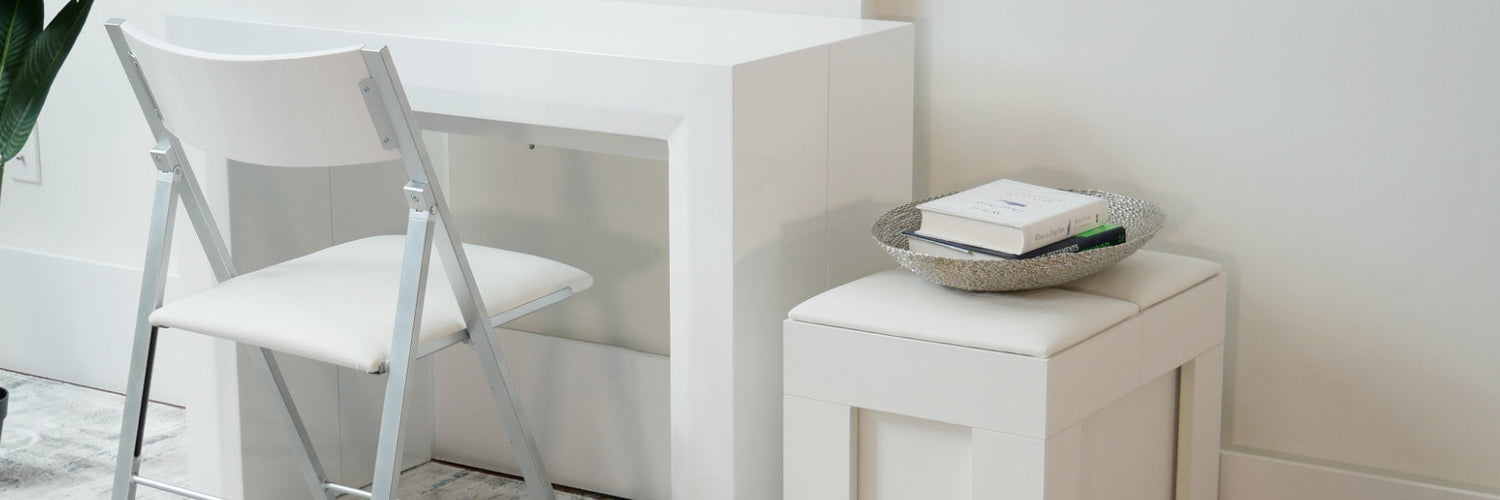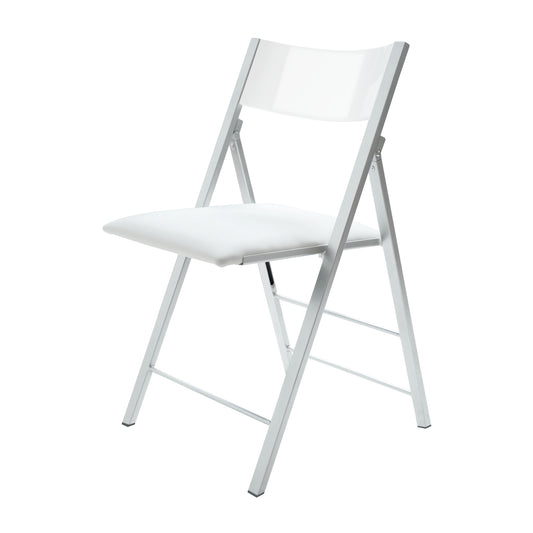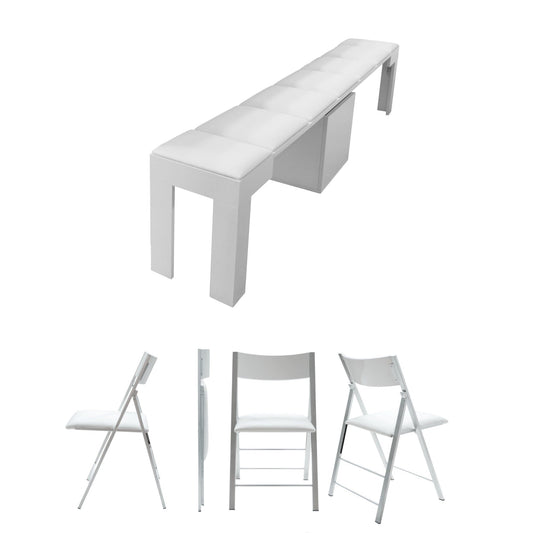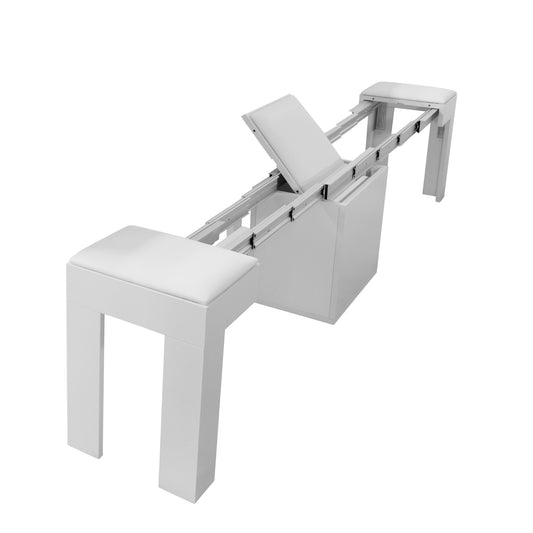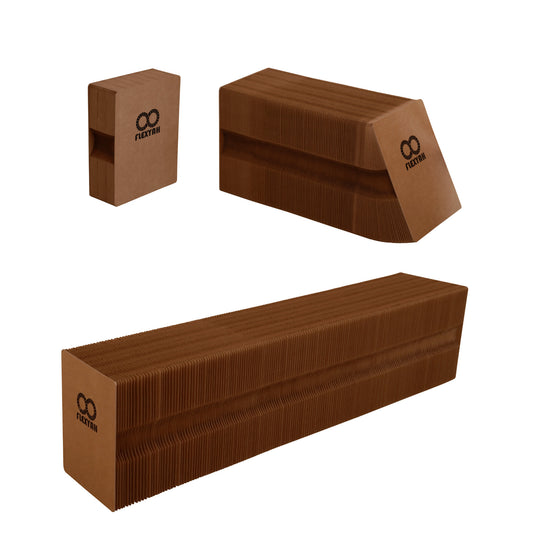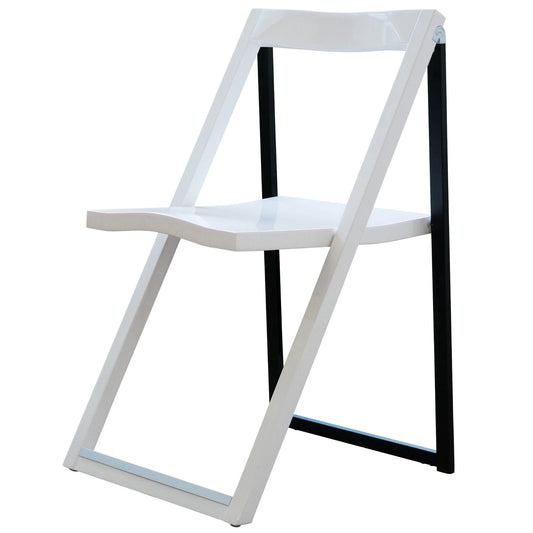Green area rugs are an easy way to bring a feeling of nature into a room which helps add a sense of calmness, tranquility while putting people at ease (especially in new spaces). But only when there is enough light and the green color doesn’t overpower other cool tones. Shades of green can also be used to contrast hot colors like orange or red creating an off-balanced visual and energy in the space.
The shade of green you use will also have an impact on the experience of the space, and not just in rugs and walls. This study was done with living walls where different shades of green was the constant factor.
The colors of the flowers and no colors other than the green foliage during non-flowering seasons were the only things that changed. The different shades of green had different levels of impact, and each had a different correlation to human wellbeing.
This study of foliage showed that green and greenish-white colors helped the participants feel calm and relaxed while light-green and greenish-yellow colors made participants feel calm and excited. The color green can also make us assume things are healthy, even when they’re not like this study found with candy bar wrappers. And these same concepts have been seen in home design and decor.
According to psychology today, lighter greens like sage that have more white in them may help people feel better about socializing or completing mental tasks including paying bills, calculating taxes, or doing work. This makes them great for home offices, rooms where kids study, and where you want to be active or socialize like a family room.
Darker greens and earth tones may help support a feeling of calm, tranquility, and grounding, making them perfect for rooms where you want to relax and destress like a bedroom. If you’re ready to incorporate green into your room, area rugs are one of the easiest ways, and here’s how we recommend doing it.
Large Open Spaces
When you have large and open rooms like a great room or an open floor plan, go with a darker or bold green area rug in an olive or an emerald shade, especially if you have lighter walls. The dark and rich color greens will stand out and bring eyes to the area helping to create a focal point and grounding space. The darker green color helps to ground the space and keep it visually stimulating while not overwhelming the space.
It is easy to mix with other biophilic design elements and colors and materials like a brown wood coffee table or wooden furniture frames, and will contrast perfectly with lighter color couches including linen and white or off-white cotton materials.
For a more modern look, go with black furniture, or options that have metal bases. These can be combined with glass table tops instead of wood to strike a comfortable mix providing the space with a modern appeal and the balance of nature.
Rooms With Lots of Natural Light
If you have a sunroom with lots of light, go with a lighter green area rug in sage or mint. The area rug should not overpower or ground the space as the goal is to keep eyes flowing freely so you can relax and enjoy the area.
These lighter green area rugs blend smoothly with wicker furniture on porches or in sunrooms, and work seamlessly with light colored walls in a game room or basement where you want energy and movement. If you go oversized you'll ground the space.
Smaller green area rugs where either the tips of the furniture are on it, or it only goes just beyond the edges of the seating arrangement let eyes continue to flow around the room. Decide how you want the space to be used, and then choose a large or small size area rug based on that.
Bedrooms and Guest Rooms
Dark and rich tone green area rugs in colors like Olive work perfect to help create a calm and relaxing feeling to promote a good night’s rest. Unlike the lighter greens which may stimulate thinking, you want your guests to have a good night sleep.
Studies like this one and this one have shown that being exposed to different green colors, including foliage, can promote relaxation. Helping guests to relax is important for guest rooms where being in a new space may make it harder to fall asleep, and a green area rug is an easy way you can make the space more comfortable.
If you’re a plant person, add some live plants to further bring in green tones and nature to create an even more calm and relaxing space.
Matching with Decor and Colors
The last thing to do when placing a green area rug is to decide if you want it to blend or pop. Blending creates a naturally calm balance with the room so the space flows freely.
Using the same color family like olive tones that can add in a burnt orange or a greenish-blue. Celery green which has yellow hues can blend with sage for more of an energetic and fun look, or emerald which goes with forests and nature to create a bold statement for a room. These can be applied via the rug, the couches and chairs on them, and decor items like lamps, glass bowls, and candles.
The 60/30/10 rule of interior design will work great. Try using a large dark green area rug for the 60% with a high horizon line to bring attention to the space. The couch and chairs can be brown earth tones for the 30%, a light grey for contrast or dark grey to blend, and a couple of table lamps or candles in a lighter green or yellow for the 10%.
If you use a small green area rug at 8X10 or smaller, the 60% and 30% flip. This works best if you have a couch and coffee table without extra seats, similar to a set up in apartments and studios.
Green area rugs are some of the most popular colors because they help ground a room, light greens create a free flow for people to enjoy the space or focus, while rich greens can ground a space and help people to relax. Most important is the calming effect green has so people feel comfortable in the space.
